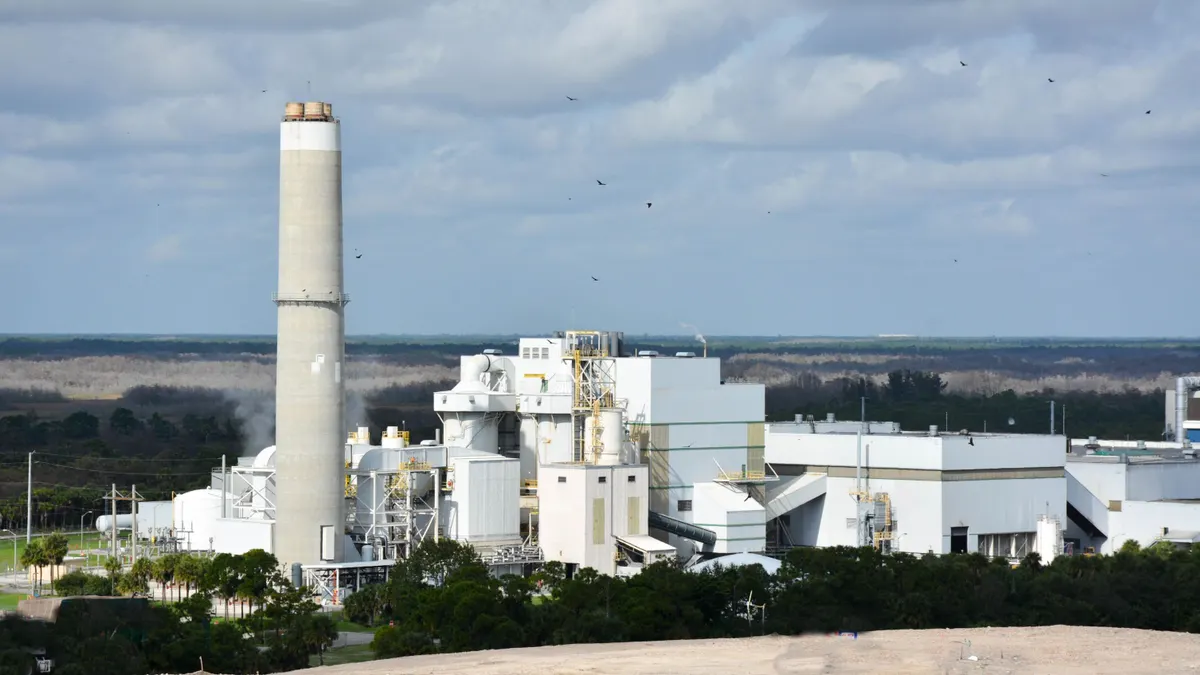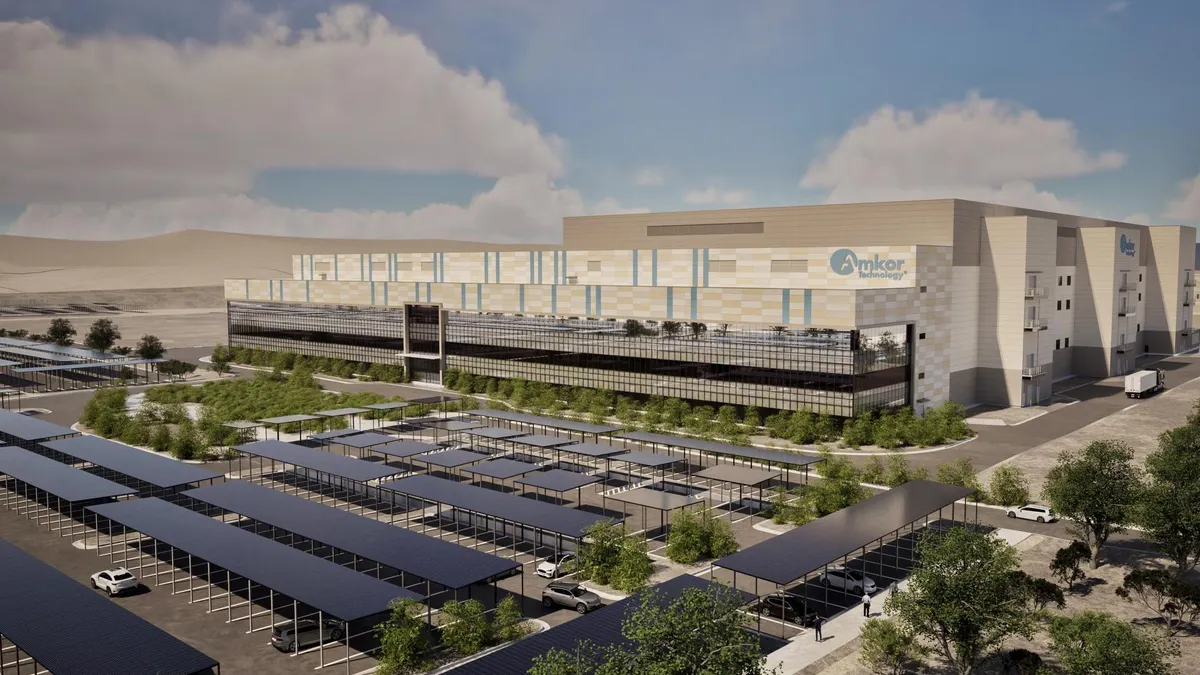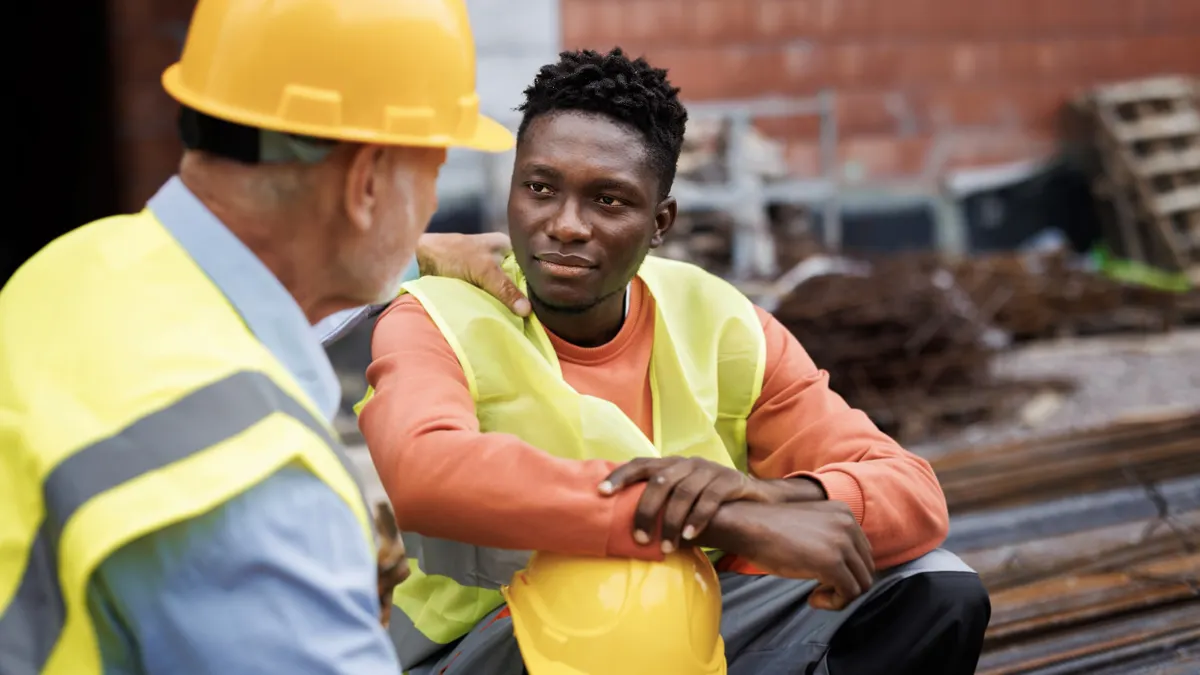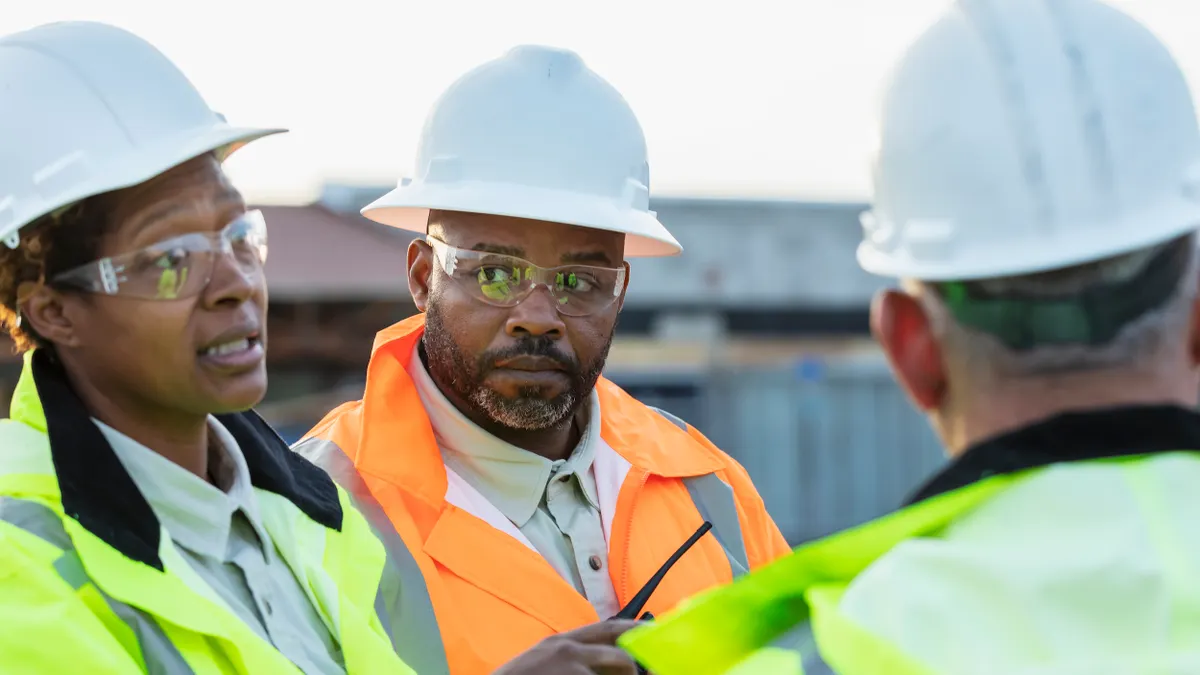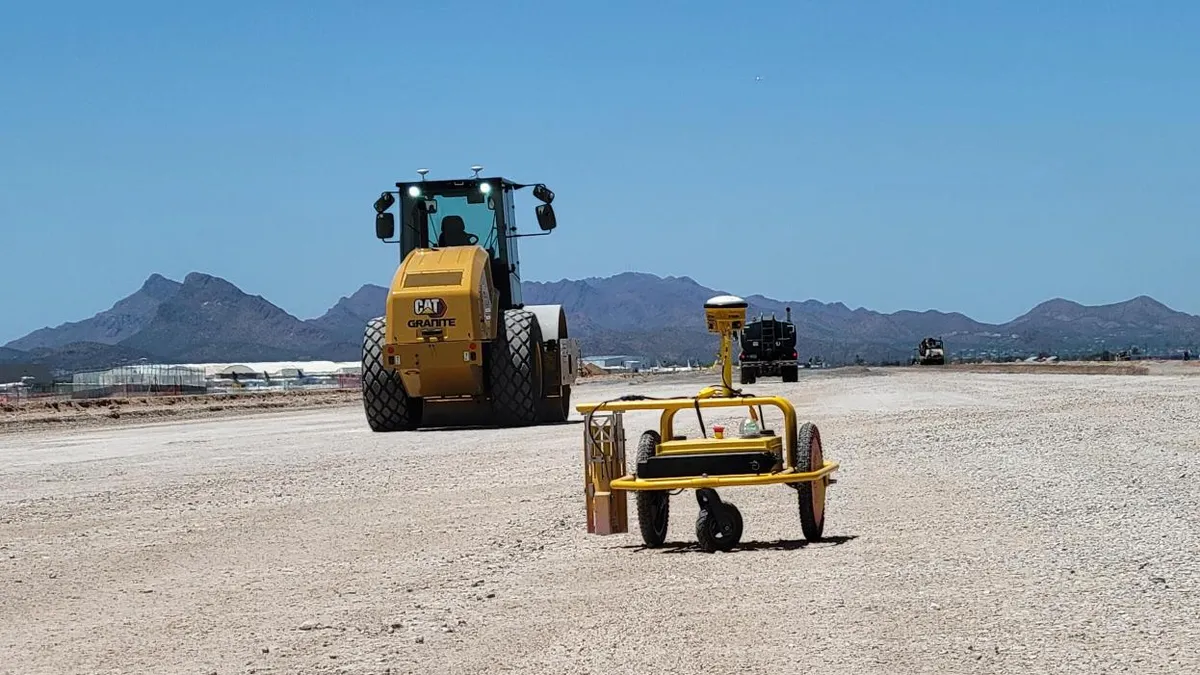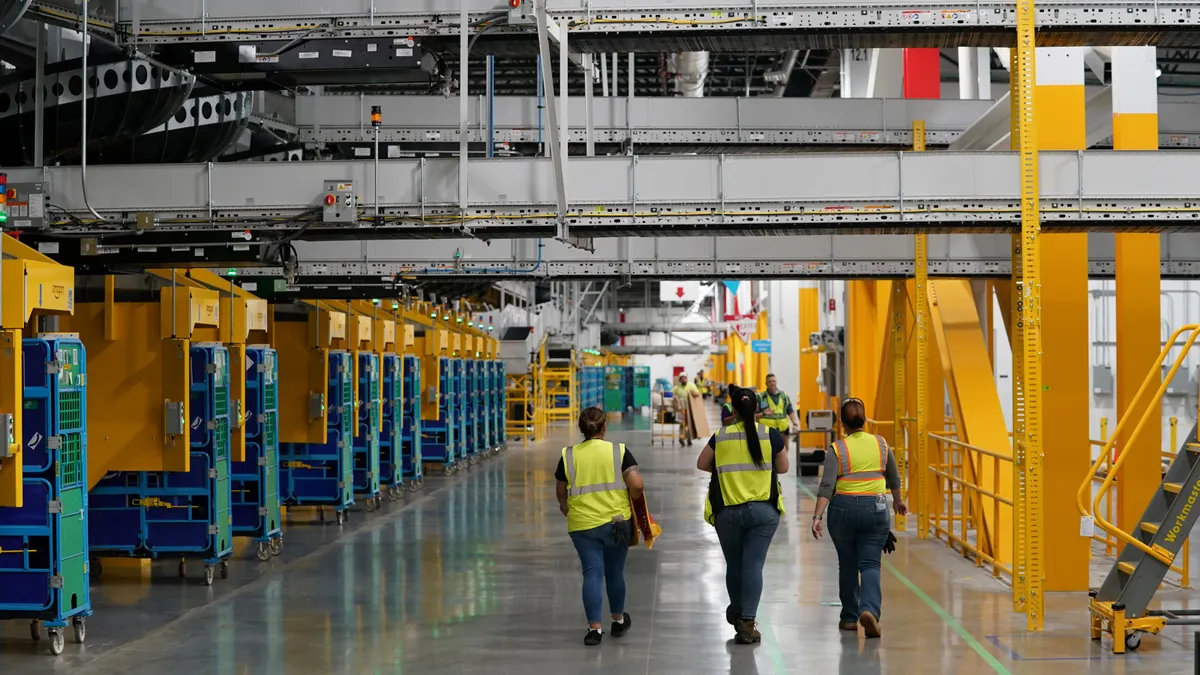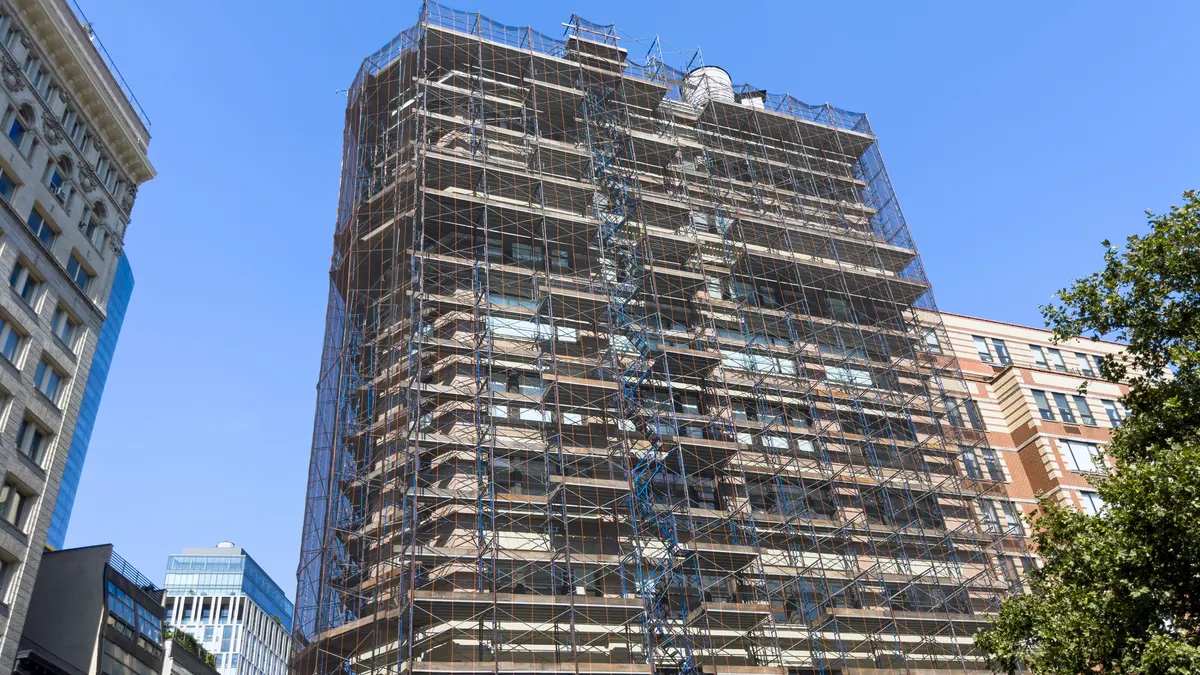A blockchain is a secure, decentralized register of transactions that allows multiple parties to conduct monetary transfers and other business without the need for a bank or other financial third party. In providing real-time transactional information and materials tracking throughout the supply chain, blockchain advocates say construction companies can improve transparency and streamline operations.
In the short term, blockchain services, among other things, will build up the technology as a "trust and scale" alternative to existing database applications. In the long term, blockchain services may become a foundation to a new generation of enterprise IT infrastructure.
As the technology finds a home in more business functions, it has several challenges to overcome. Blockchain implementers have to manage or work around high latency, high cost to compute and extremely limited storage, reports TechCrunch.
Bassem Hamdy and Ron Goldshmidt shared with Construction Dive their insights on blockchain and how it can benefit the construction industry. Hamdy is CEO and co-founded Brickschain, which wants to help bring blockchain technology to the built world. He previously worked as an executive at Procore, a cloud-based construction management software application. Goldshmidt is CFO and co-founder of Brickschain, and has spent 15 years working in financial capital markets. After leaving Wall Street, he joined a blockchain think tank and was an early cheerleader for cryptocurrencies and blockchain technology.
This interview has been edited for clarity and brevity.
INDUSTRY DIVE: Why is blockchain useful for the construction industry?
RON GOLDSHMIDT: Construction is rife with data and intermediaries, and most importantly players that don’t necessarily trust each other. And [there is] no standard method for communication between parties. The power of blockchain is that it creates very powerful standards, in a simple-to-adopt way that doesn’t interfere with the current process. Blockchain is peer-to-peer and trust is managed systematically, [and] this level of transparency will advance the productivity and simplicity of the space.
BASSEM HAMDY: For my entire career, close to 20 years in construction software, we’ve been looking for an answer to the question how do you bring parties closer together in a very litigious and risky environment? The idea that we could solve the problem through everyone logging into the same database has been challenging for the industry to adopt. Blockchain is different because it isn’t one central authority — it’s shared and open to the secure members who then drive trust, transparency and integrity. That means there is one shared version of the truth for every building and that is what the industry wants.
Can you provide one example of a practical implementation of blockchain?
HAMDY: I remember closing out a large stadium project; just collecting the data from all the subcontractors and inputting the data was a nightmare. And God knows what the owner did with that data — my guess is that it ended up in a basement somewhere. With blockchain, handover can be done actively and in real time. This makes the blockchain the place where you can create truly living O&M manuals. The idea that 95% of all data can be lost on handover can almost completely be eliminated. That’s not just a great use case, it’s also a huge source of ROI for all key players.
GOLDSHMIDT: We are still in the early days of unlocking the tremendous value from blockchain in construction. By being able to hold onto correct data and making it survive by making it immutable, we are able to open up new uses for it ... I can envision a world where this data, through integrations with the "internet of things," BIM and artificial intelligence, can unlock a tremendous amount of value in reduction of construction and facilities management costs. Another benefit is the risk reduction across the industry on a wider level through lower litigation costs, which are some of the highest of any industry.
How does blockchain integrate with contractors' software packages and how is data kept secure?
GOLDSHMIDT: The multi-cloud environment has created a reality in construction where there are a multitude of applications and systems being operated in silos without necessarily talking to each other. This has created an environment where communication between the systems and actors is disjointed or all together broken. Also, this siloed approach produces data that is often contaminated or just plain wrong. The blockchain aims to improve on this by collecting data directly from the source through one's existing system, and being able to come to a consensus on which version of it is the truth. Downstream from there, if you have truth in data, the possibilities are exciting.
HAMDY: The very nature of blockchain means that it needs to be integrated with the active supply chain in order for it to work. That means that blockchain technical standards need to be open enough for anyone to write to them regardless of their level of expertise. I don’t see blockchain replacing software applications; it will just allow them to work closer together. My best example here is there are lots of different banks, but when you transfer funds between individual banks you don’t think about standards. Blockchain can be the standard that organizes in the background but facilitates the process. From a security perspective, cryptographic protocols make blockchain the most secure, using something called "keys" that ensure there is no malicious work being done.
How could the construction industry change if blockchain is adopted?
HAMDY: Asset provenance. I know it’s a fancy word but basically all it means is that you will know what happens before, during and after construction, and more importantly, for as long as that building exists. I find it funny that I could buy a 10-year-old a car for a few thousand dollars and [go online] to get the entire history of that car, but I can spend $300 million on a building and not know if the roof was changed yesterday. Most importantly, when a product or specification needs to be found in a building, there will finally be a place to go to simply search on what is actually in that building.
GOLDSHMIDT: Think of construction decades ago. You had the builder and the owner without the intermediaries, sourcing complexities, data overloads and hundreds of actors that have since come in between those two entities aiming to build a project. Ironically, the blockchain will ensure that construction can go back to that state without the many obstacles that we have artificially imposed on a simple process — building something that will endure.







